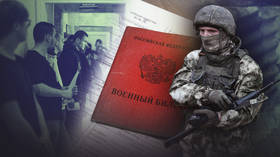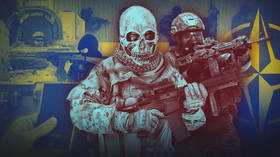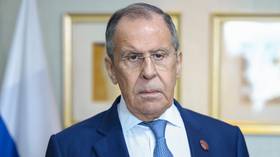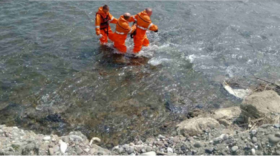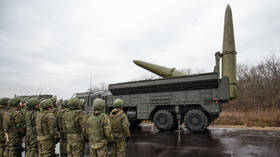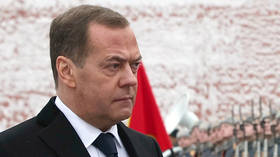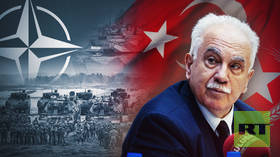After Kiev’s failed summer counteroffensive, how do the Russian and Ukrainian armies stand as they approach new battles this fall?

Over the past three summer months, media all over the world has closely followed Ukraine’s much-hyped counteroffensive. However, nothing spectacular has happened. On reaching Russia’s line of defense, Kiev's armed forces were able to capture several villages of no strategic value at the cost of significant casualties and destroyed Western equipment. For its part, Russia prioritized defensive tactics throughout this time, but also attempted to launch its own offensive in some directions.
What happened at the front this summer and why was neither side able to achieve significant success? And what condition are the two armies in as they approach the fall campaign?
Switching counteroffensive tactics
Ukraine’s counteroffensive in Zaporozhye Region and the Donetsk People’s Republic (DPR) has now been going on for over two and a half months. During this time, Kiev's army managed to reach the first of Russia’s three lines of defense on a narrow stretch of land east of the village of Rabotino – the section of the front where the fighting is currently focused. Ukraine was forced to employ almost all its operational and strategic reserves to achieve this advance.
After the losses suffered in June, the Ukrainian command decided to abandon the tactics of employing large mechanized units to advance. Instead, it engaged in infantry assault operations backed by armored vehicles and artillery – a strategy similar to the one used by Russian troops in Artemovsk (Bakhmut).
This decision significantly slowed the pace of the counteroffensive and buried the strategic goal of reaching the Sea of Azov. However, the strategy made it possible to gradually break through, moving south and southeast.
As a result, by mid-August the Ukrainian army had entered Rabotino, engaged in street battles there, and captured two villages on the Vremevsky ledge: Staromayorskoye and Urozhaynoye. To the east of Rabotino, the Ukrainians were also able to reach Russia’s first line of defense.
Expert discussions
The slow progress disappointed Western and Ukrainian experts, and they began looking for someone to blame for the failed counteroffensive, which was supposed to end in victory. The prevailing opinion was that the Russian army – which had recovered from setbacks last fall and managed to build an effective line of defense with minefields, resilient infantry, artillery, aviation and helicopters – had been underestimated.
However, some quite ridiculous reasons for Ukraine’s failures were also put forward. For example, British intelligence blamed shrubs and weeds for the Ukrainian Army’s misfortunes while Ukraine’s Deputy Minister of Defense Anna Malyar attacked journalists who wrote about the losses suffered by the 82nd brigade.
There were also attempts by the sides to blame each other: Western experts accused the Armed Forces of Ukraine of ineffective operational control of the troops, while Ukrainians remarked that the aid provided to them was insufficient and too slowly delivered. At one point, the military’s Commander-in-Chief Valeriy Zaluzhny even said the Americans do not understand the nature of the ongoing conflict, and are trying to apply their experience of fighting partisan detachments to the realities of the current war. Zaluzhny himself claimed that the operation is more like the Battle of Kursk in 1943.
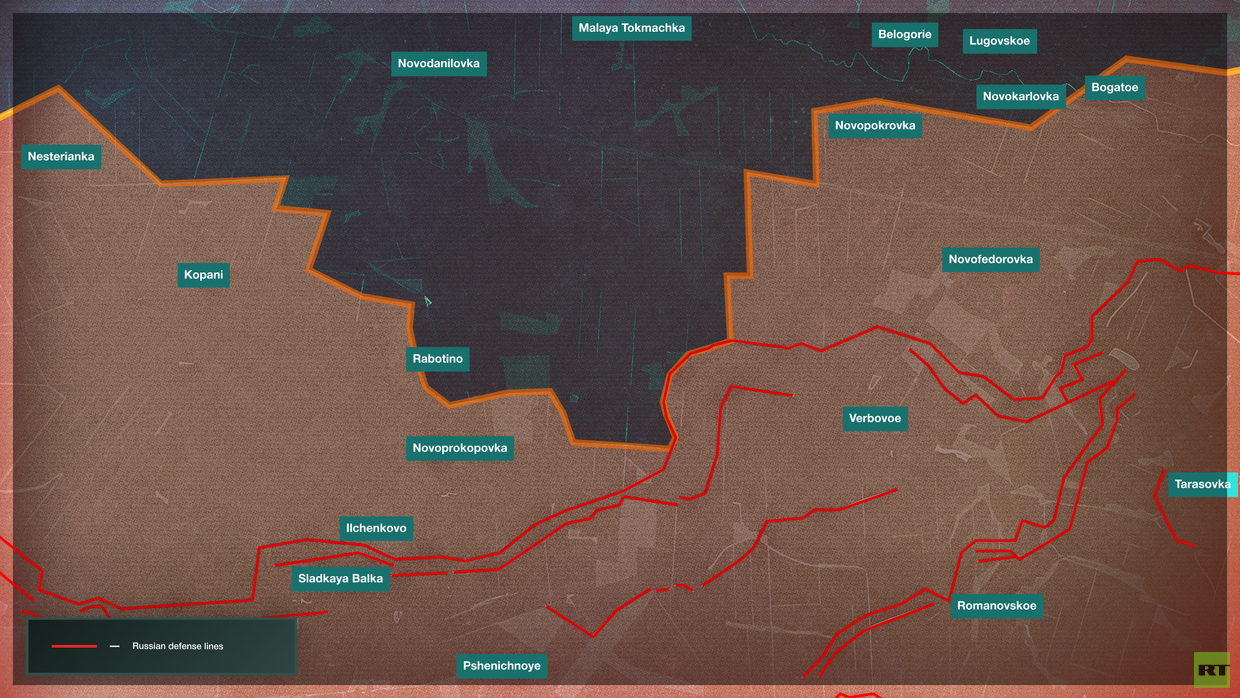
Battles for Rabotino
Over time, the Ukrainian Armed Forces drew an increasing number of new units into the battles for Rabotino. While initially the counteroffensive was carried out by the 46th airmobile brigade and 47th mechanized brigade, eventually the Ukrainians were forced to pull the 116th, 117th and 118th mechanized brigades, National Guard forces, units of the 71st Jaeger and 1st tank brigades, and many separate units, including the special forces of the Marine Special Operations Center. Finally, in mid-August, Ukraine played its trump card and introduced the 82nd Air Assault Brigade, armed with US Stryker armored fighting vehicles, German Marder infantry fighting vehicles, and British Challenger tanks.
Initially, the 82nd Brigade was supposed to be brought into battle after Ukraine broke through the first line of Russian defense, in order to achieve further results. However, Kiev’s failures led to the premature deployment of the brigade and its first losses. Nevertheless, the Ukrainian Army managed to reach Rabotino and push the Russian troops to the southern outskirts of the village, as well as advance south-east of Rabotino, posing a threat to the Russian flanks.
By Ukraine’s Independence Day, celebrated on August 24, Ukrainian journalists and military bloggers declared that the village was under the full control of the Ukrainian Army, but there was no official confirmation of this. As of August 26, battles continue, with both sides suffering losses and pulling in additional forces.
The Vasilevka front
In June, the Ukrainian Army also tried to move in the direction of Vasilevka – a city controlled by Russia and located near the Kakhovka Reservoir. Employing the 128th mountain assault brigade and 65th mechanized brigades, the Ukrainians drove the Russian troops out of the villages of Lobkovoye and Pyatikhatki. However, having suffered considerable losses, Ukraine did not further engage in active assault operations, and limited itself to demonstration attacks.
This success allowed the Russian Army to employ some of its troops located in this direction to reinforce defenses in the area of Rabotino.
The Vremevsky ledge
The Ukrainian Armed Forces concentrated its entire marine corps in this direction: four brigades reinforced by artillery, including the 23rd and 31st mechanized brigades, units of the 1st and 4th tank brigades, as well as territorial defense forces and aviation.
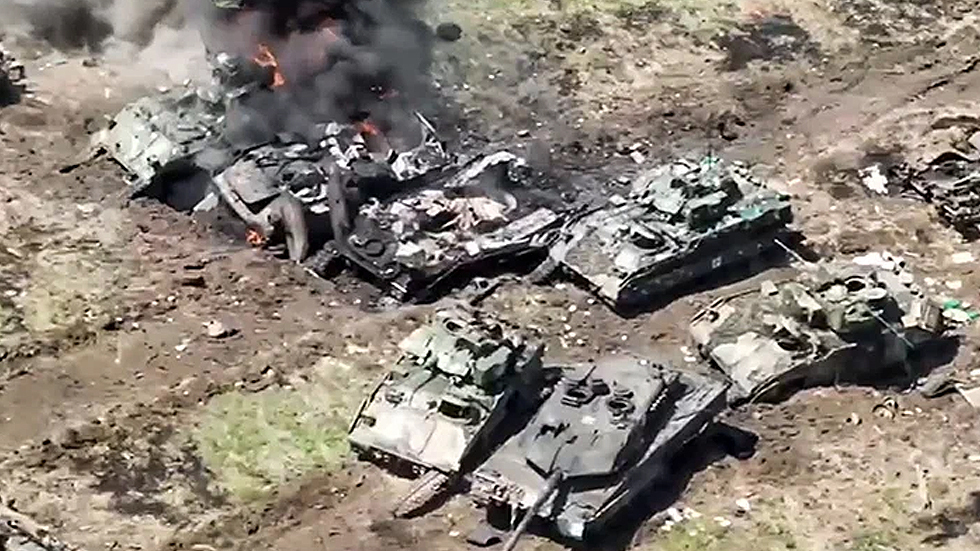
After they captured the Levadnoye-Ravnopol-Makarovka line, for a month and a half Ukrainian troops advanced in the fields along the flanks of Staromayorsky and Urozhaynoe. Eventually, this advance allowed Kiev to push Russian troops out of the area and pose a threat to Staromlinovka.
Ukrainian media outlets exaggerate the strategic importance of this village, calling it the main stronghold of the Russian defense in the area and ignoring the fact that the Russian Armed Forces’ first line of defense is located at an “operational depth”, significantly south of Staromlinovka. This village is indeed located at the crossroads of several important routes, but the Russians have several supply routes in the area.
The results of the Ukrainian counteroffensive
According to the OSINT community Lostarmour, in the course of its summer counteroffensive the Ukrainian Armed Forces has lost about 46 International MaxxPro armored fighting vehicles, 37 Bradley tanks, eight Leopard tanks, and three Stryker engineering version armored vehicles. These are merely the Western armored vehicle types that have been visually confirmed. In the area of Rabotino there are several tank graveyards, which keep growing. In Staromayorsky, 31 Ukrainian armored vehicles were burned to destruction – and that’s not counting the losses suffered in the course of nearby battles.
Considering the lack of weapons unification in the Ukrainian army and the associated problems with the supply, maintenance, and restoration of damaged equipment, such losses reduce the number of motorized units. The military is now entirely dependent on the supply of armored vehicles and equipment from Western allies. The only alternative is the militarization of civilian vehicles.
Even Ukrainian troops describe the shortage of armored vehicles experienced by their “Counteroffensive Guard”: “The Steel Cordon Brigade... In the second case, the group walks 7 km to carry out an assault operation. That’s 7km on foot. And when you're completely f***ed up and almost arrive at the destination, they start urging you on with all their might.”
Moreover, in the course of the summer battles, the Ukrainian Army has not been able to effectively manage troops at the tactical and operational levels. The largest units in the Ukrainian army are still brigades (numbering 2,000-4,000 people), while Russia has divisions (4,000-20,000 people) and combined-arms units (over 40,000 people) which Ukraine can fight only by merging separate brigades of varying combat capability.
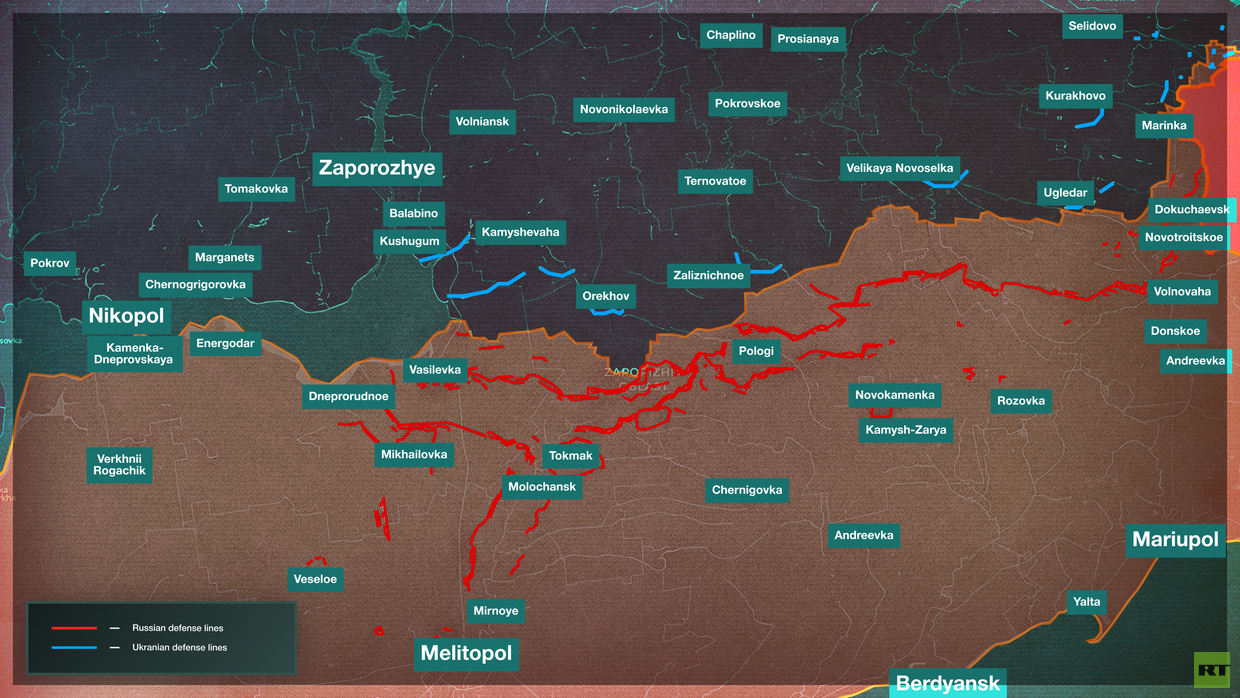
Russia’s strategic plan
As it prepared for the defense of the land corridor to Crimea, the Russian command reinforced the site of future battles with a line of defense, and also pulled a large group of troops in the direction of Kupyansk and Krasny Liman.
A possible Russian offensive in the direction of the Oskol River posed a threat to the Ukrainians, since it could result in the loss of an important site captured by Kiev in October 2022. This forced the Ukrainian military to transfer newly formed brigades to the area. In this way, the 88th, 41st, 32nd, 43rd, 44th, 42nd, and 21st mechanized brigades were pulled here from the south. Also, it is possible that the 8th brigade and the 13th Jaeger brigade are presently moving towards Kupyansk.
Russian troops carried out several demonstration attacks in the direction of Borovaya and Kupyansk in July-August of this year. Occupying several dozen square kilometers, they forced Ukraine to transfer reserves to this direction and distract General Alexander Syrsky from the battle near Artemovsk.
Future prospects
Here is how the fighters of Ukraine’s 46th brigade assess the Melitopol direction: “Next up is Novoprokopovka and that's probably it. Further on is the Russians’ main line of defense. Moreover, a deep wedge in the area of Rabotino would be an opportunity for the invaders to hit us in the flank from the areas of Kopan and Novofedorovka. And then we would either have to expand the front in the direction of Nesteryanka-Kopan and Belogorye, or we would get something similar to what we could’ve gotten in Bakhmut — flank envelopment with encirclement.” This means that the Ukrainians do not expect to break through Russia’s first line of echeloned defense in this area.
The summer campaign is coming to an end. Perhaps a warm and dry September will somewhat prolong the bloodshed, but in October the rains will turn the steppe into a huge mud pit, which is particularly dangerous for NATO’s heavy armored vehicles.
Both armies are exhausted by the summer battles and as soon as the weather takes a turn for the worse, will most likely start tending to their wounds and preparing for future battles. During this time, Ukraine will try to obtain aviation to use in its second counteroffensive attempt, although a better idea would be to first replenish the mechanized brigades.
As for the Russian Army, it will continue setting up its defense, and may launch a series of counterattacks in order to improve its tactical positions or, alternatively, it may shift its focus to the Artemovsk or Kupyansk directions. Also, during the fall and winter, the Russian military industry will continue addressing the issue of supplying the army with shells, armored vehicles, and longer-range barrage ammunition for counter-battery warfare.
